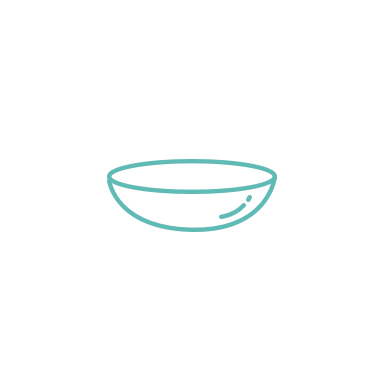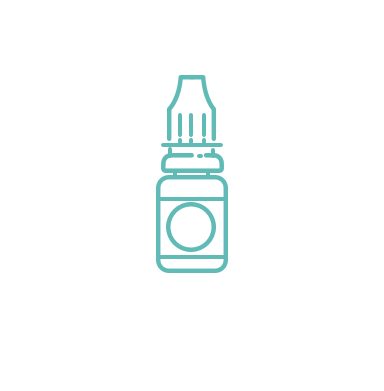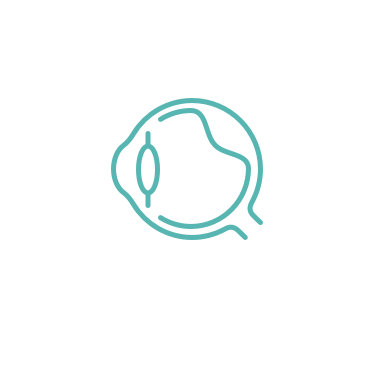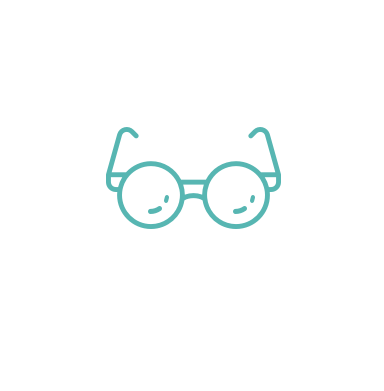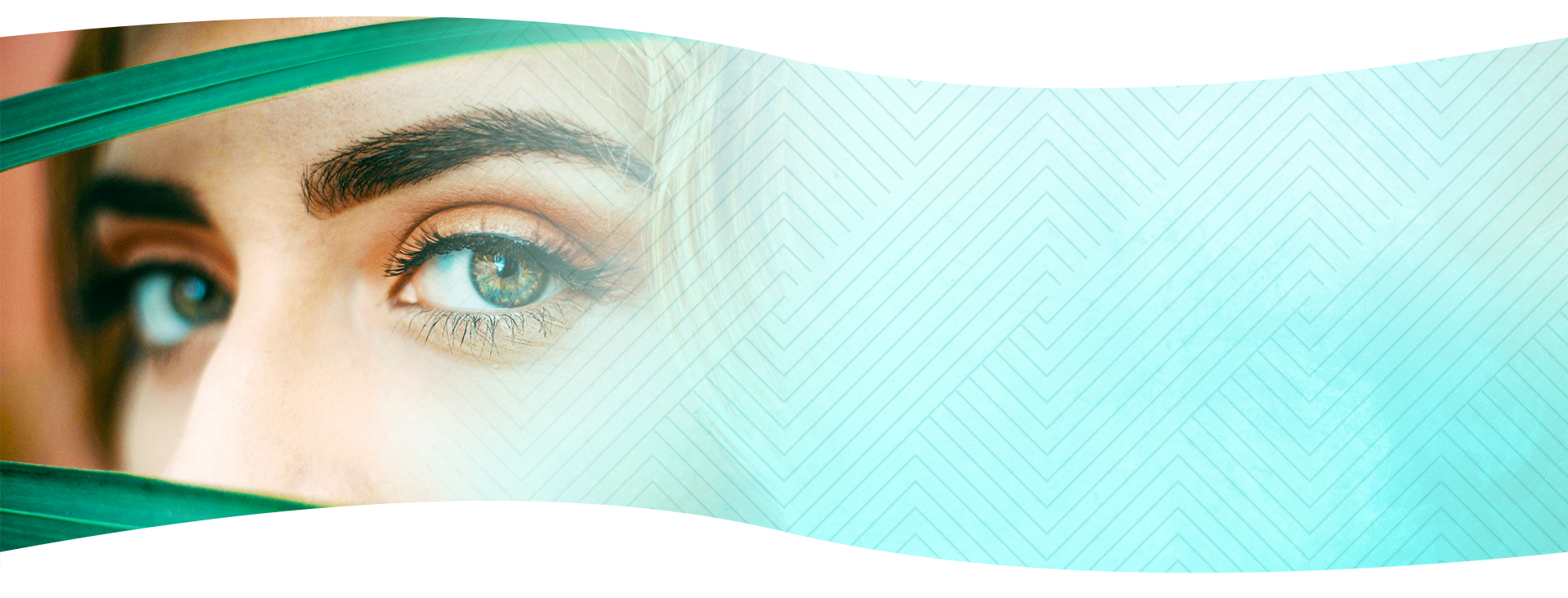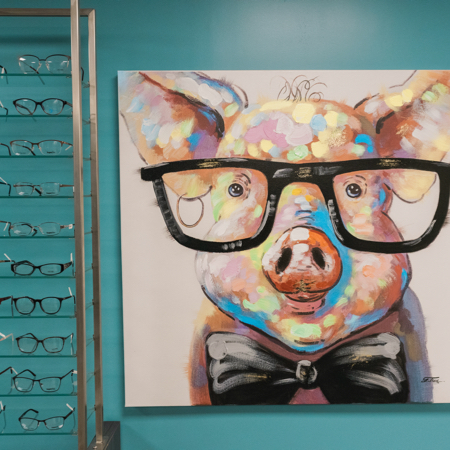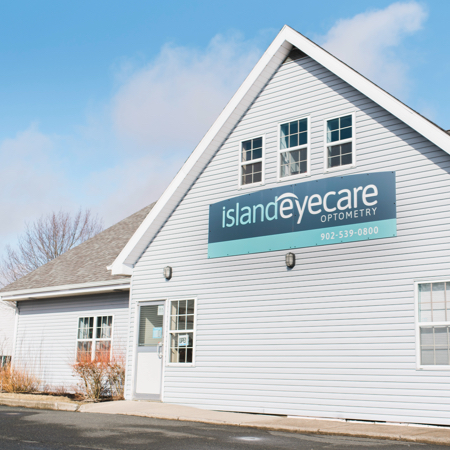Prescriptions change. That’s one thing we’ve found in many patients as an optometry practice. But if your child’s prescription changes a lot every year you get your annually recommended children’s eye exam done, there could be cause for concern. Myopia control has emerged as an answer to this concern, as targeted treatments can slow myopia from entering the danger zone.
If your child’s eye measures longer than it’s supposed to, myopia is the likely diagnosis. If it’s much longer than it’s supposed to be, your child may have high myopia, which can lead to blindness.
The length of the eye is also known as axial length. Axial length is the distance between the front of the eye and the back of the eye. The longer the axial length, the more severe the myopia.
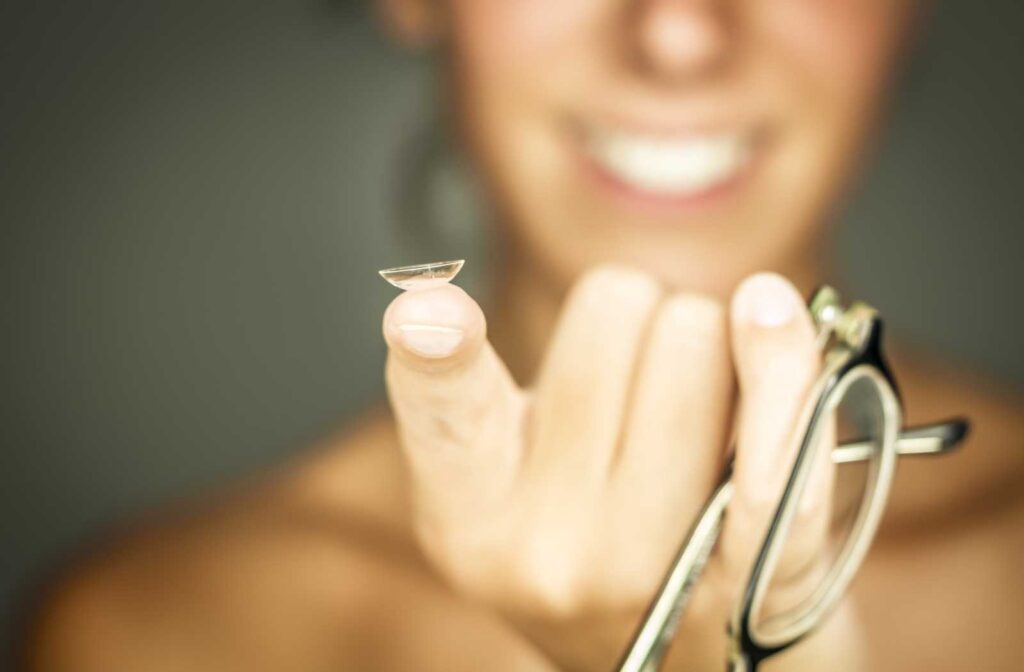
Why Control Myopia in the First Place?
Myopia, or nearsightedness, is quite common and becoming more common, worldwide. In Canada, 30% of the population has the diagnosis. Sometimes, a pair of glasses and a new prescription each year at a children’s eye exam is all that’s needed.
But other times your children need optometric intervention to keep low and common levels of myopia from spinning out of control into high myopia. Complications of high myopia include retinal detachment, glaucoma, and myopic maculopathy—all sight-threatening conditions.
What Are Some Promising Myopia Control Methods?
Myopia’s severity has optometrists and their patients’ families worried. An eye should have an ideal combination of length and power. But with myopia, that ideal combination can be lost. Myopia control can provide help when there are issues concerning the axial length.
Multifocal Contact Lenses
It’s interesting to note that myopic children experienced less myopic progression with the help of special contact lenses, one prominent type being multifocal contact lenses.
With multifocal contact lenses, some children had slower myopia progression, as well as slower axial length growth. Controlling axial length growth is key in preventing high myopia and complications related to extreme nearsightedness. But they’re not the only contact lenses suited to myopia control.
Ortho-K Contact Lenses
Orthokeratology (Ortho-K) uses rigid gas-permeable (RGP) contact lenses to reshape your child’s cornea, improving vision. RGP lenses allow your cornea to breathe at night. That way, their eyes can get the moisture and fresh oxygen they need while your corneas are reshaped.
Refractive errors like myopia or astigmatism sometimes result from irregularly-shaped corneas. But Ortho-K lenses temporarily reform and even out the surface of the cornea overnight, providing temporary clear vision during the day without corrective eyewear. But this method only targets irregularly shaped corneas, and can’t influence eyeball elongation deliberately.
MiSight Contact Lenses
MiSight tackles axial length. Like all contact lenses, MiSight offers total field-of-vision correction. This means that your crucial peripheral vision zones, which are intimately connected to your child’s worsening myopia, can be included as a part of the treatment. To keep your child’s eye from elongating, the peripheral vision correction needs to be a lot lower when compared with the correction for central vision.
A conventional, single-vision contact lens strong enough to correct your child’s central vision myopia actually overcorrects the peripheral vision, because of the football shape of a high myopia eye.
Research has shown that as your vision on the periphery gets overcorrected, due to a football shape of your eye, the elongation actually gets worse.
The beauty of MiSight contact lenses is in the way their treatment zones balance high prescription central vision, and lower prescription peripheral vision. The brain gets a “stop-signal” because of this balance, and elongation can be slowed dramatically.
Using or Avoiding Contact Lenses in Myopia Control
We’ve encountered many families uncomfortable with the idea of having their child’s vision and eye health dependent on contact lenses. Contact lenses aren’t for everyone, so if you’re looking for myopia control options, you have to weigh the pros and cons of contact lenses.
This is where the MiSight contact lens outshines the other options. MiSight contact lenses are a single use lens, which means your child wears them for one day and then recycles it. No cleaning required!
Alternatives to Contact Lenses
Contacts might not be for everyone, especially some children. They’re effective treatments, but some parents might want to know what some of the other options are. Fortunately, there are more ways to combat myopia progression than contact lenses.
Glasses
We stock specialized glasses lenses called MiYOSMART, which work on a principle similar to MiSight contact lenses. MiYOSMART lenses offer the vision correction benefits of conventional lenses, plus the added benefits of myopia control.
These glasses lenses have a ring-shaped treatment area designed to slow myopia progression by 60%. MiYOSMART lenses can also fit with any glasses frames and are impact-resistant.
Atropine
Some prescription eye drops can treat myopia progression as well. Atropine drops have succeeded in slowing or halting myopia progression before it morphs into high myopia. While it doesn’t affect the growth of the eyeball into an elongated shape, it can play an important role in myopia control. But prescription eye drops might work better for some patients than others.
Start a Conversation About Myopia Control Options
Although there is a chance kids won’t care for their contacts properly, they’re very responsive to the combined coaching efforts of their optometrists and parents working together.
It doesn’t take long to form a good habit, and if you’re encouraging good habits at home, there’s a great chance contacts like multifocal contact lenses (or better yet, MiSight lenses) can help slow the progression of myopia.
But getting specialized glasses like MiYOSMART lenses can prove a better choice for some. Which one is better often depends on your child and the habits you can cultivate together! Please book an appointment today, and get a conversation going between yourself, your optometrist, and your child!



